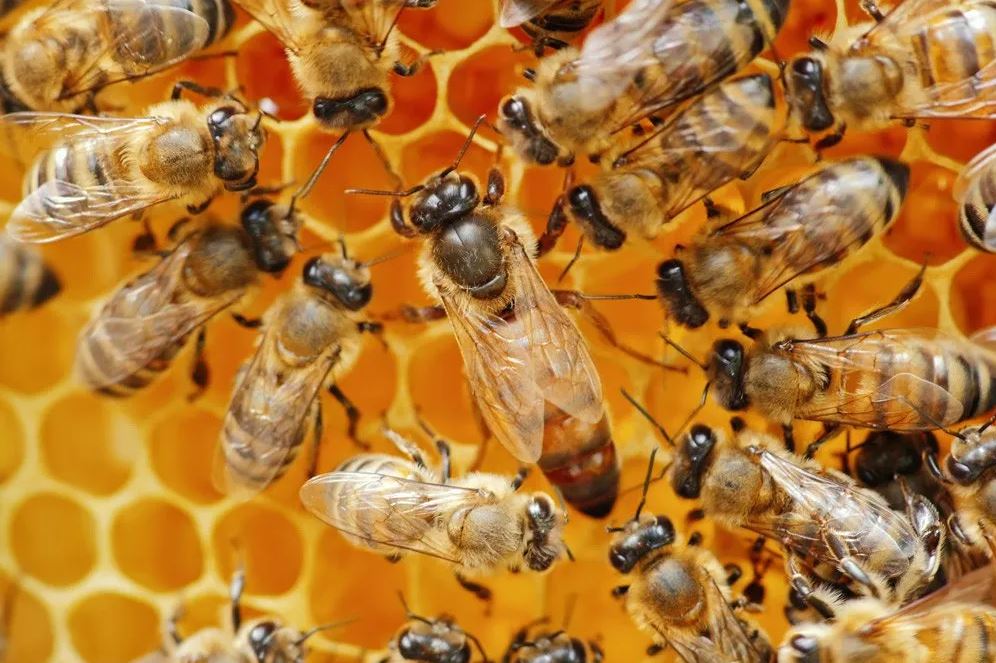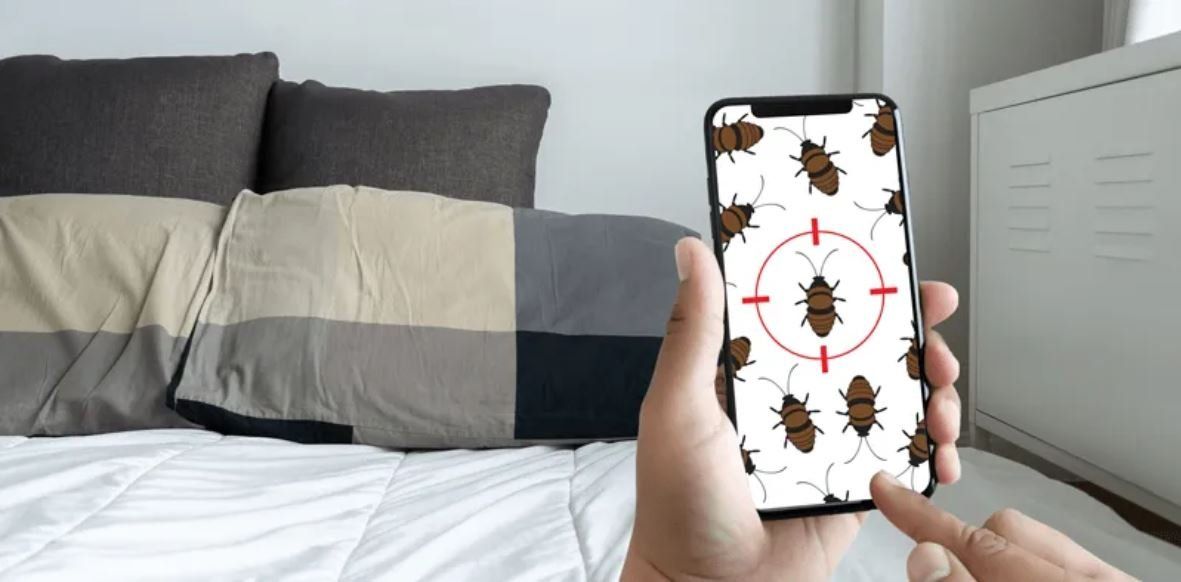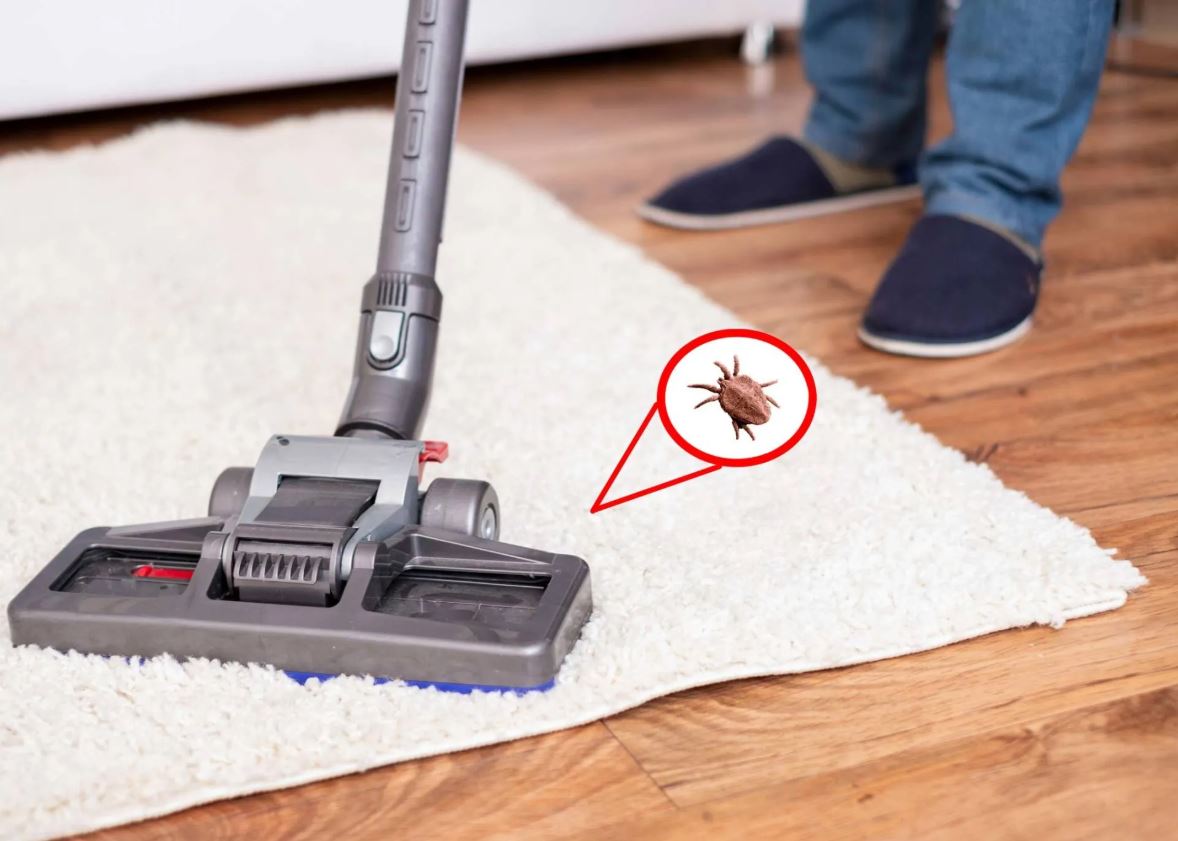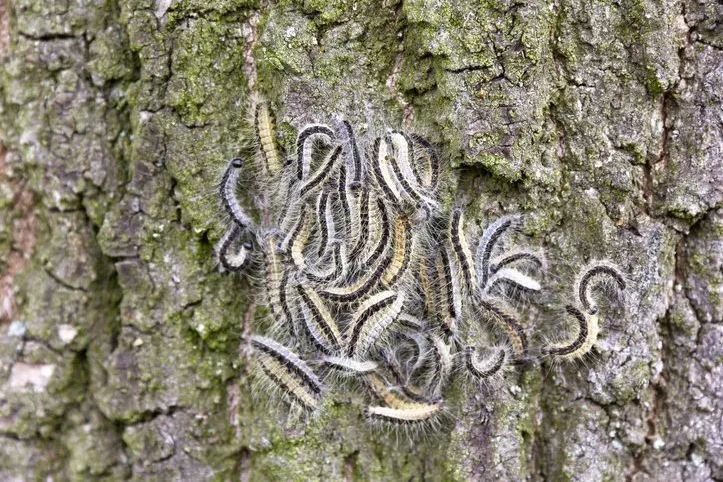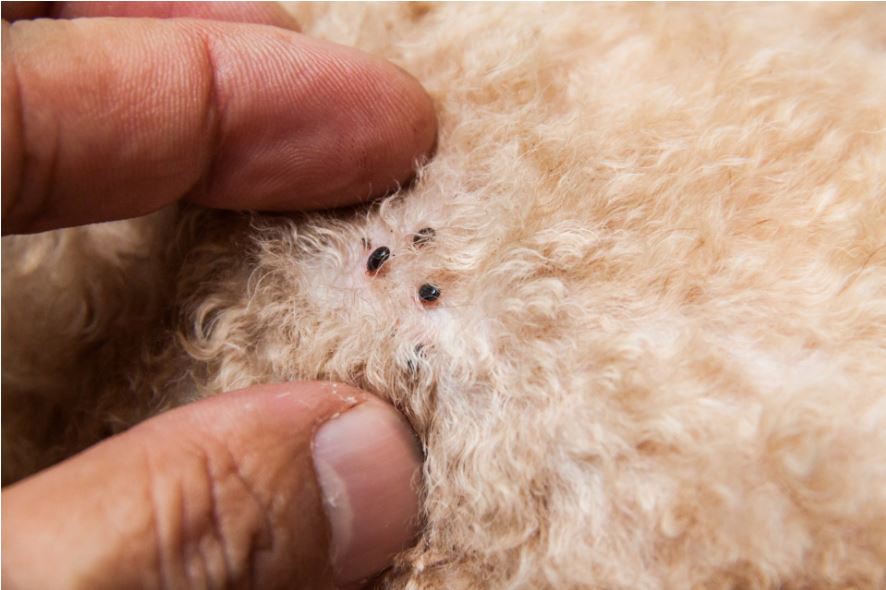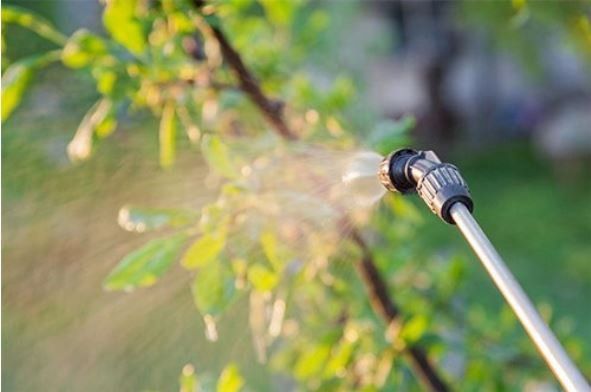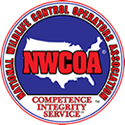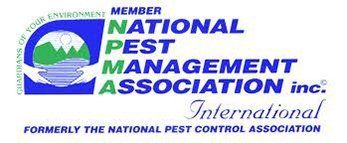MONTEREY BAY
PEST CONTROL INC.
LOCALLY OWNED AND OPERATED
Common Rodent Myths That Affect Control Effectiveness
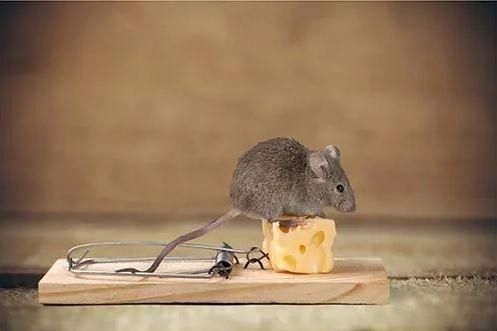
Myth: Rats Prefer Cheese
You've probably seen a hundred cartoons and movies where rats and mice chow down on cheese. This myth has become a problematic cliché because too many homeowners try to attract rats to their deaths using a bait that is not as effective as other types of lures.
While rats do enjoy cheese, they typically like any food that has good taste. And most rodents prefer peanut butter, meat, and even dried fruit to cheese. Try to swap these ingredients in for your cheese if you find that your traps don't work anymore.
Myth: Hot Peppers Will Drive Rats Away
Rats will typically eat just about any food that they can find in your home, but this myth states that the capsaicin in hot peppers will drive away rats from your home. People who try to use this myth may flavor various types of rat bait with this ingredient and expect that their home will be rat-free in a matter of weeks or even days.
While a shred of truth does exist for this myth — rats do dislike capsaicin — peppers won't likely drive rats out of your home for good. Instead, the rats will go to another source of food in your home. And unless you want to spice all of your food with red peppers — not recommended even for the biggest spicy food fan — this control method is simply untenable.
Myth: Soda Kills Rats
Here's another myth that has a small shred of truth to it. Rats are unable to burp to relieve gas, which is why some people may use bowls of soda as a rat control method. The theory here is that the carbonation of the pop will cause the rat to bloat and expire because they'll be unable to relieve themselves of the gas buildup.
While caffeine and carbonation are both harmful to rats, soda is not an effective control agent for rats. The levels of caffeine and carbonation are much too low to cause a toxic reaction in a rat. Even worse, bowls of soda left around your home are likely to attract more rats and other types of pests to your home rather than drive them away.
Myth: Cats Provide the Best Rat Control
When you have rats in your home, you may be tempted to get a cat to handle this invasion for you. After all, centuries of cat owners used them as effective pest control agents. And your cat would likely kill a large number of rats and significantly decrease their population. Unfortunately, cats often struggle to take care of all of the rats in a home.
For example, larger rats may frighten more timid cats. Some rats may defend themselves well enough that the cat leaves them alone. The rats may also settle and breed in areas where the cat cannot get, such as the basement, which limits the cat's effectiveness for pest control.
Myth: Pest Control Isn't Effective
If you've ever heard that pest control for rats is not sufficient, you've probably fallen victim to the worst myth of all. Pest control experts provide the best way to eliminate rats and other rodents in your home and will work hard to ensure that your house is rat-free for years to come.
So if your home has a rat problem that you need to eliminate, please don't hesitate to contact us at Monterey Bay Pest Control Inc. to get the help that you need. Our experts will come to your home, find out where the rats are, and eliminate them for you.
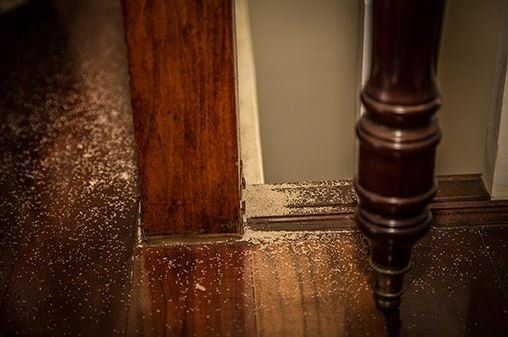
Phone:
Mailing Address:
PO Box 810 Seaside, CA 93955
Two addresses to serve you better:
Monterey Bay Pest Control
1997 Del Monte Blvd. Seaside, CA 93955
Monterey Bay Pest Control
4041 Soquel Dr. Ste 320
Soquel, CA 95073
